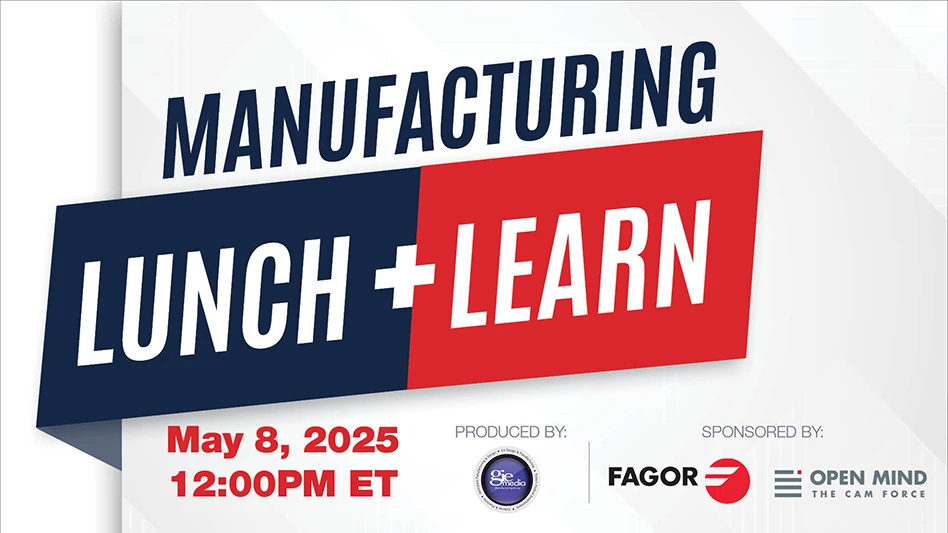
Makino


1. What are some challenges when implementing Wire and Sinker EDM operations into medical part production?
Deciding which process to use when implementing both machine types at the same time will depend on part features. Wire and Sinker EDM capability and process methodology differ, especially in the requirements for programming and workholding, so the control interface is different. To minimize training requirements, Makino developed the streamlined Hyper-i control, providing a common interface and operating method for all Makino EDM machines.
2. What are the advantages of implementing rotary tables on a Wire EDM machine?
Rotary tables allow access to multiple sides of a workpiece without another setup operation, enabling precision when machining small features that require less force than conventional machining methods. Wire EDM allows minimal force to be applied to the part, ensuring the part does not break. When implementing a new machine feature such as rotary tables, training can be a pain point. Rotary tables on a Makino Wire EDM machine offer full integration of indexing, turning & burning, and spinning with one interface for the operator. Training takes place on Makino’s Hyper-i control.
3. Why is Wire EDM medical micro-machining essential in certain applications?
Wire EDM medical micro-machining allows extremely small parts to be produced with high accuracy and repeatability. The smaller the wire, the smaller the inside corner radius achieved on the workpiece. Makino’s UPN-01 machine achieves the necessary precision required for medical parts requiring high accuracy and repeatability. With wire diameter to 15µm, Makino’s UPN-01 machine can achieve inside corner radii of 9µm.
4. What are the advantages of using an EDM Fine Hole instead of conventional drilling methods?
EDM Fine Hole drilling machines eliminate the need for additional secondary operations, such as deburring. Unlike conventional drilling, the tube used in fine hole operations does not create a burr at the end of the process. Another advantage of fine hole drilling is process repeatability. There is no need to worry about tool wear or testing speeds or feeds of extremely small drills. Fine hole drilling produces holes down to 10µm with low scrap rates.
5. Why is machine maintenance imperative in medical production environments?
Proper maintenance ensures machine longevity, maintains part quality, and maximizes throughput. Preventive maintenance on EDM machines allows small, minor problems to be detected before causing a major problem. Makino Wire EDM machines simplify the process of performing preventative maintenance. Reminders appear on the control interface to inform operators of the frequency of maintenance tasks.
For more information: https://www.makino.com
Get curated news on YOUR industry.
Enter your email to receive our newsletters.

Explore the November 2019 Issue
Check out more from this issue and find your next story to read.
Latest from Today's Medical Developments
- Siemens accelerates path toward AI-driven industries through innovation and partnerships
- REGO-FIX’s ForceMaster and powRgrip product lines
- Roundup of some news hires around the manufacturing industry
- Mazak’s INTEGREX j-Series NEO Machines
- The Association for Advancing Automation (A3) releases vision for a U.S. national robotics strategy
- Mitutoyo America’s SJ-220 Surftest
- #56 - Manufacturing Matters - How Robotics and Automation are Transforming Manufacturing
- STUDER looks back on a solid 2024 financial year






